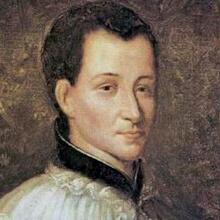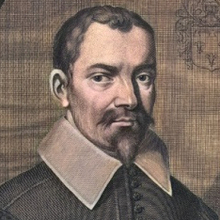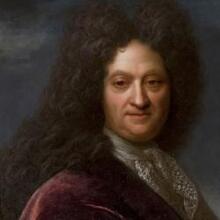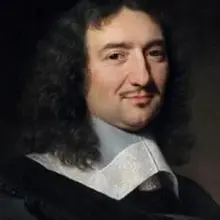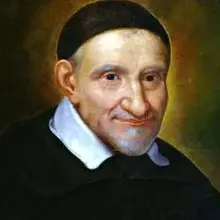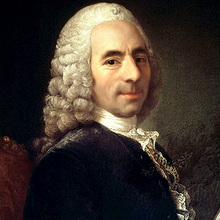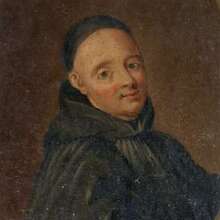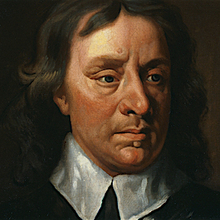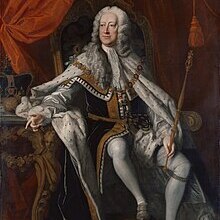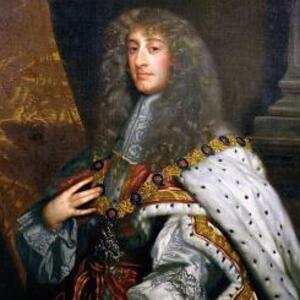
Personal
Other names:
James II of England and Ireland
Job / Known for:
King of England, Scotland and Ireland from 1685
Left traces:
The Jacobite movement, which sought to restore him
Born
Date:
1633-10-14
Location:
GB
St James's Palace, Westminster, London, England
Died
Date:
1701-09-16 (aged 68)
Resting place:
FR
Death Cause:
Brain haemorrhage
Family
Spouse:
Anne Hyde (m. 1660, d. 1671); Mary of Modena (m. 1673)
Children:
Charles, Duke of Cambridge; Mary II of England; Anne,
Parent(s):
Charles I of England (father); Henrietta Maria of France (mother)
QR Code:
Show More
Rank
Users ranking to :
Thanks, you rate star
Ranking
5.0
1
About me / Bio:
Show More
Article for James Stuart
Died profile like James Stuart
Comments:

